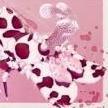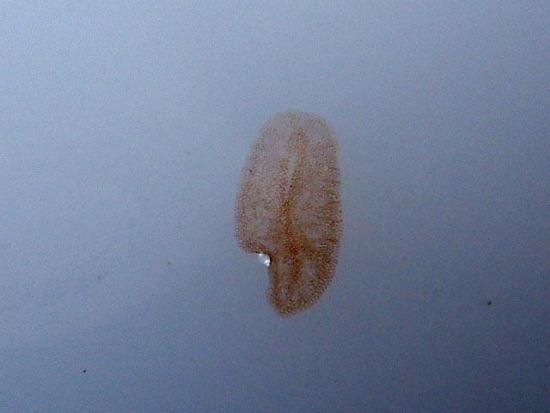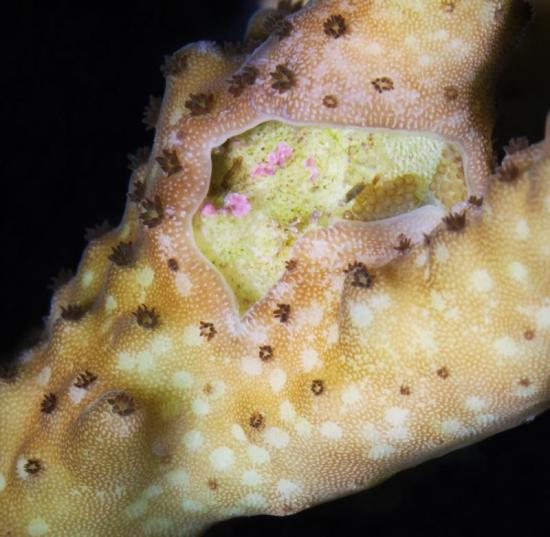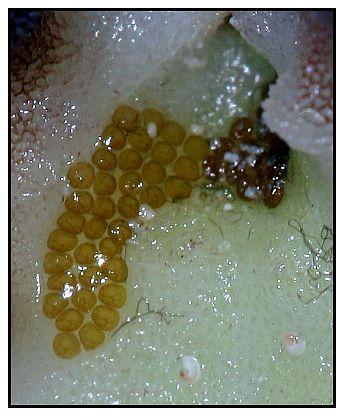Search the Community
Showing results for tags 'aefw'.
-
With the numbers of wild and cultured SPS shipment being so common nowadays, the dreadful Acropora eating Flat worm (AEFW) can be commonly found and spread among hobbyist if it is not taken care of . As the name suggest, the AEFW only affect Acropora SP and not any other kind of corals. However, due to the pest's ability to camouflage itself using the zooxanthellae of the corals, it is almost impossible to see it using our naked eye at time. I hope this article is able to help everyone being aware of this dreadful pests ,and share their own experience in battling this nuisance pest. A photo of the AEFW ** Photo credit; melevsreef.com A photo of the coral with various bit mark by AEFW ** Photo credit ; tektite from RC A close up photo of the AEFW eggs. ** Photo credit ; Joseph Weatherson So how do i know if my corals is infected with AEFW ? The most obvious clear sign is the bit mark being present on the coral itself. If you observe that your corals is losing it;s color and polyp is not opening up as often as it is before, take the coral out for a dip and check if any of the AEFW drop off. What should i do if AEFW is found after the dip ? Most likely the other acro found in your tank could be afected by AEFW as well, so it is advisable to take each and every pcs of it and dip it. Do also look out for any sign of AEFW egg on the rock or base of the corals where the SPS STN as that is where most of them will lay their eggs. If it is possible, placed the affected corals in a separate QT tank to prevent it from infecting other corals in your tank. As a single dip will not remove the eggs and also might not remove all the AEFW from the SPS colony.The egg can take up to 28 days to hatch thus if is is possible, QT for 28 day or more before putting it back to your main tank . What are the effect way to remove these pest ? Start with preventing the pests from entering your tank by dipping all your newly purchase coral and visually inspecting for eggs . Having some natural predator in the tank for these pest will also helps keep these pest in control. While some reefer share that sixline wrasse and yellow wrasse can be an effective pest control keeping AEFW in check , maybe we could share more own experience on this. It is every hobbyist own’s responsibly to check and dip all their corals be it from a local LFS or from a fellow hobbyist friend as you will never want to risk your whole tank being infected by this pest !






